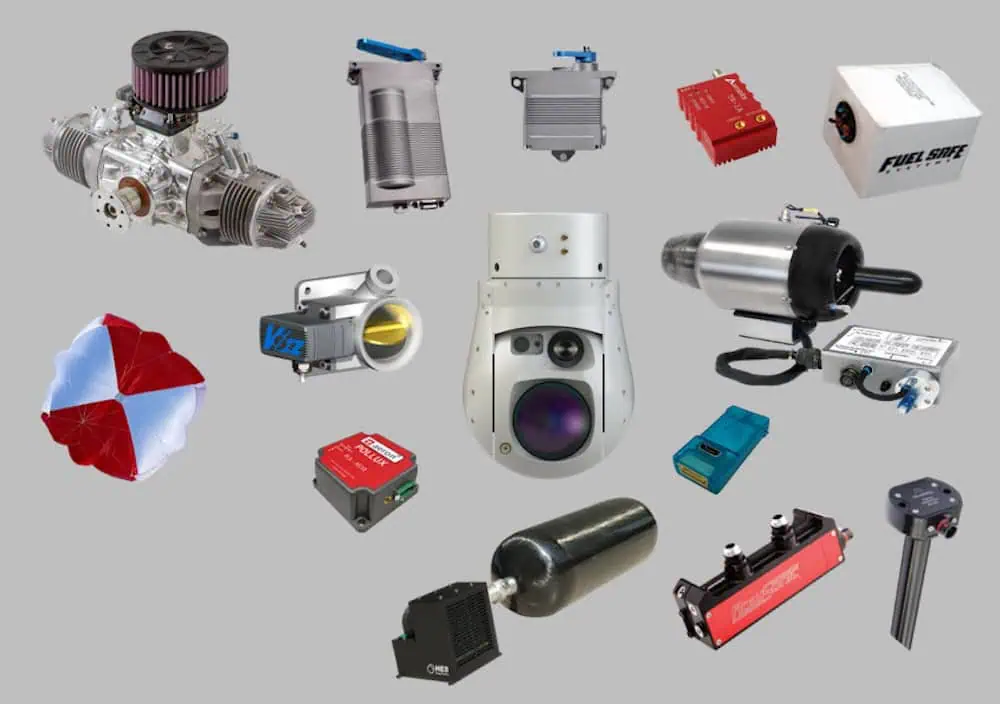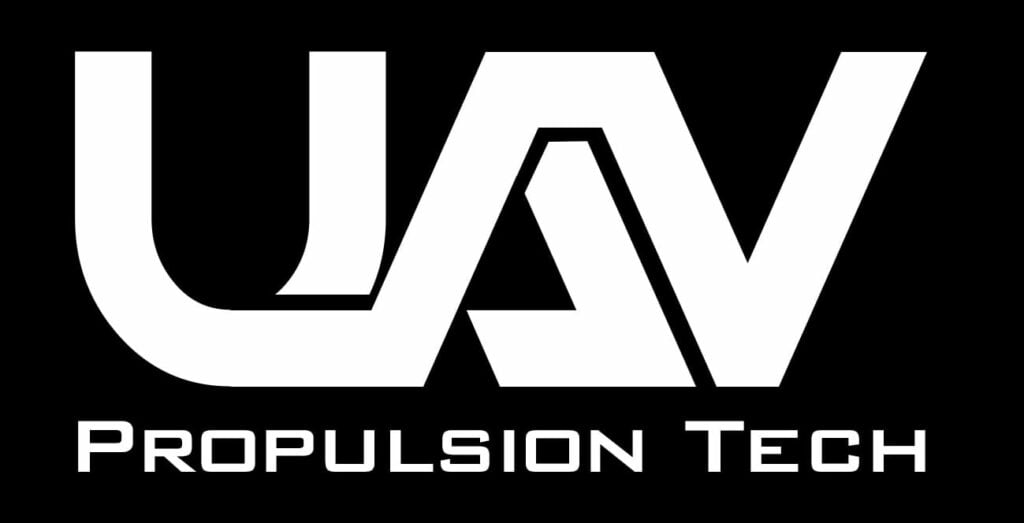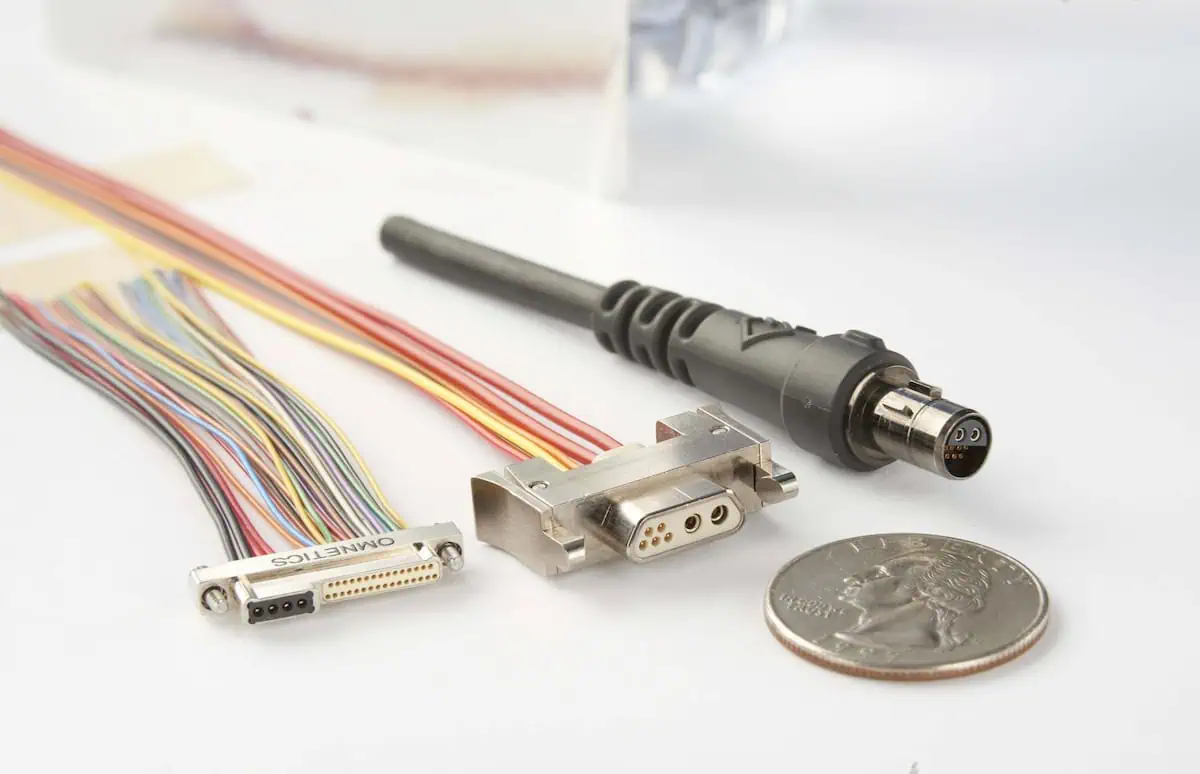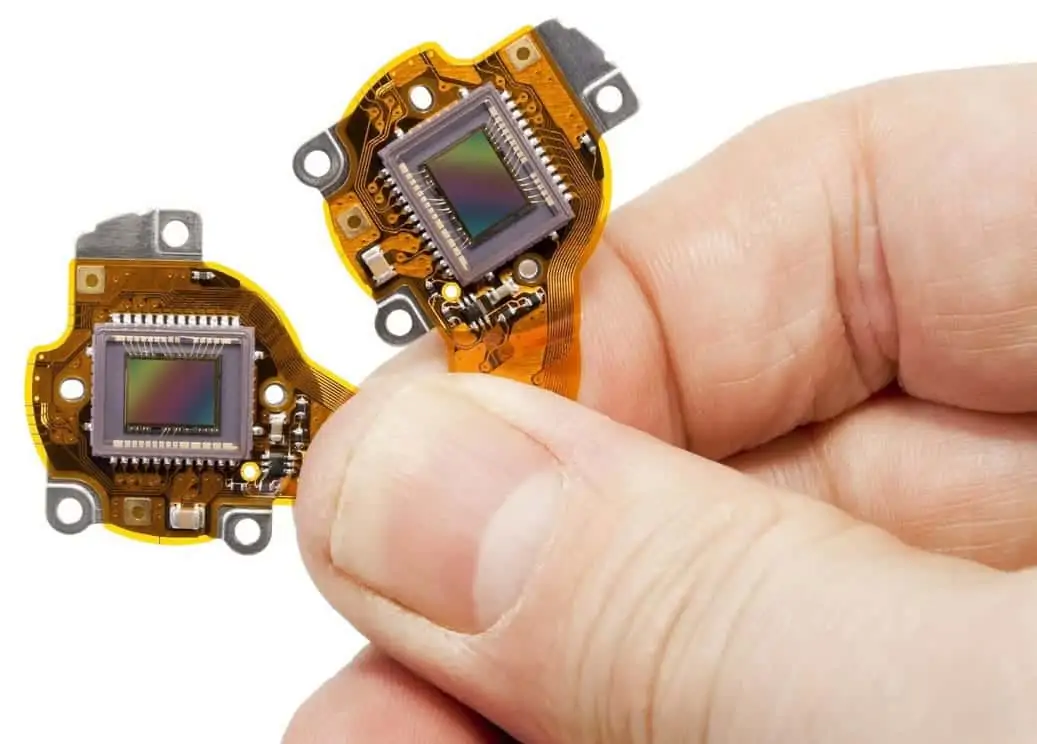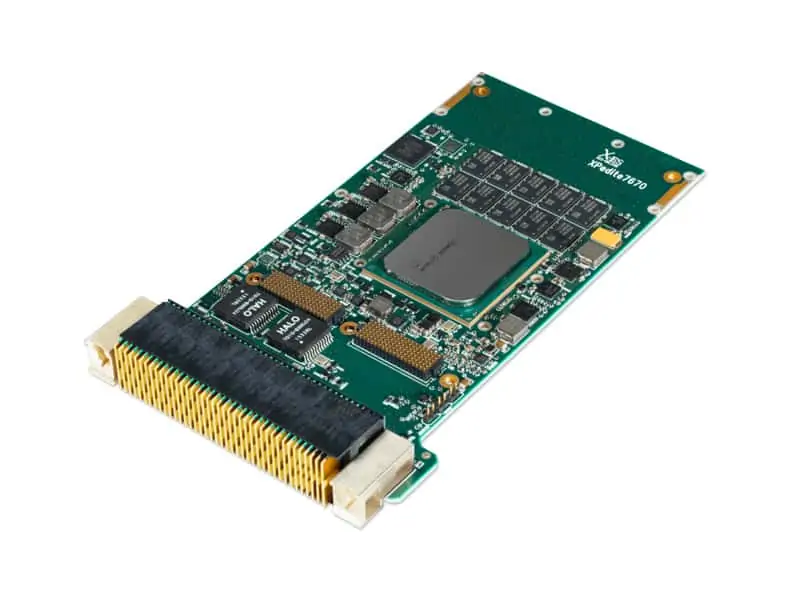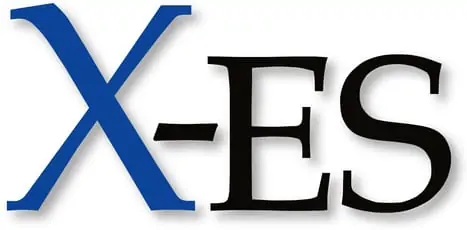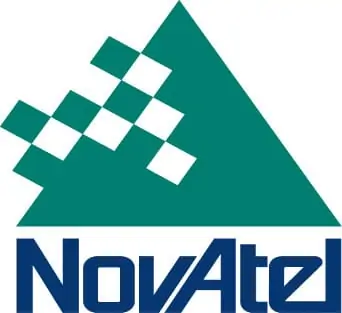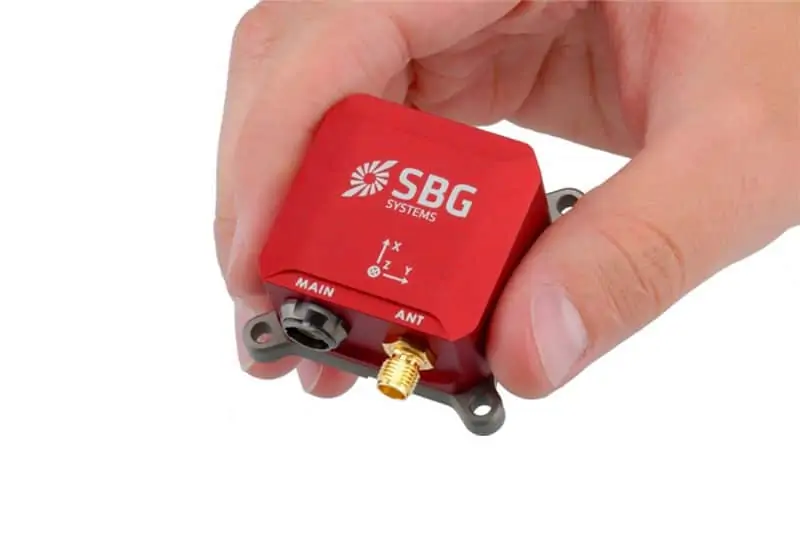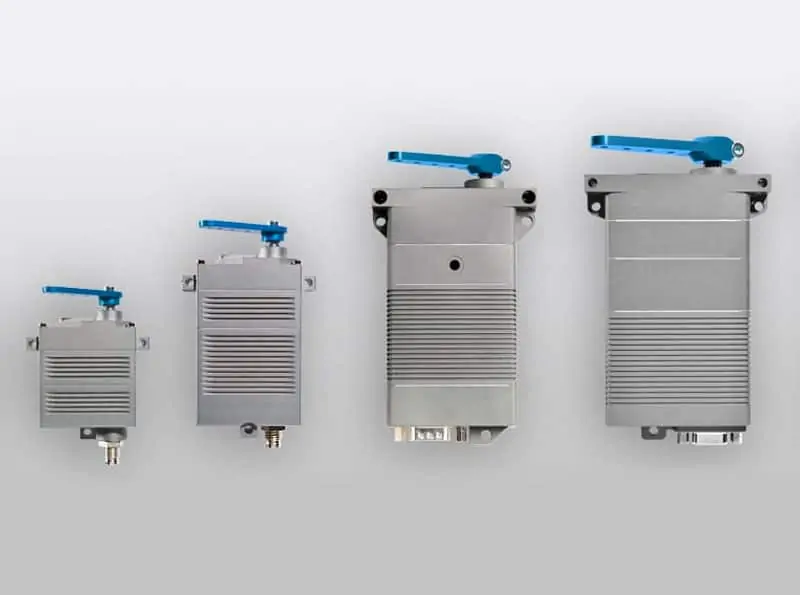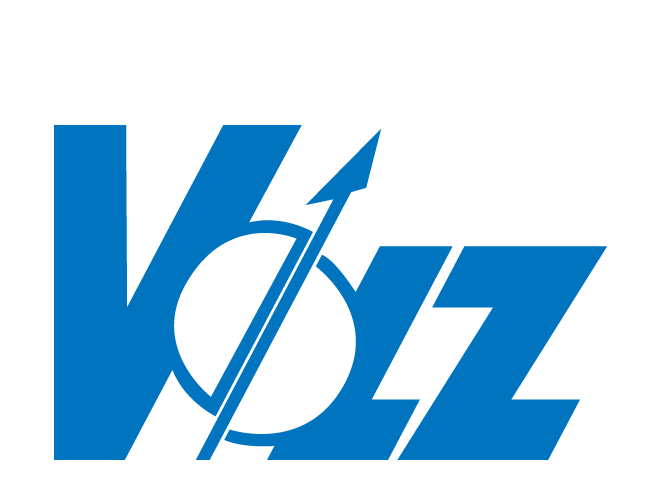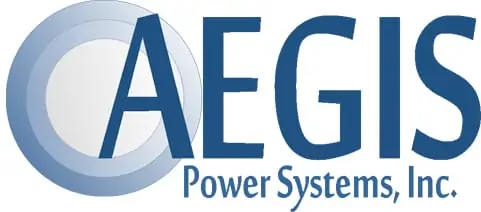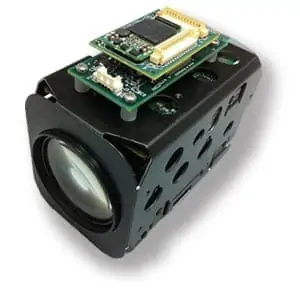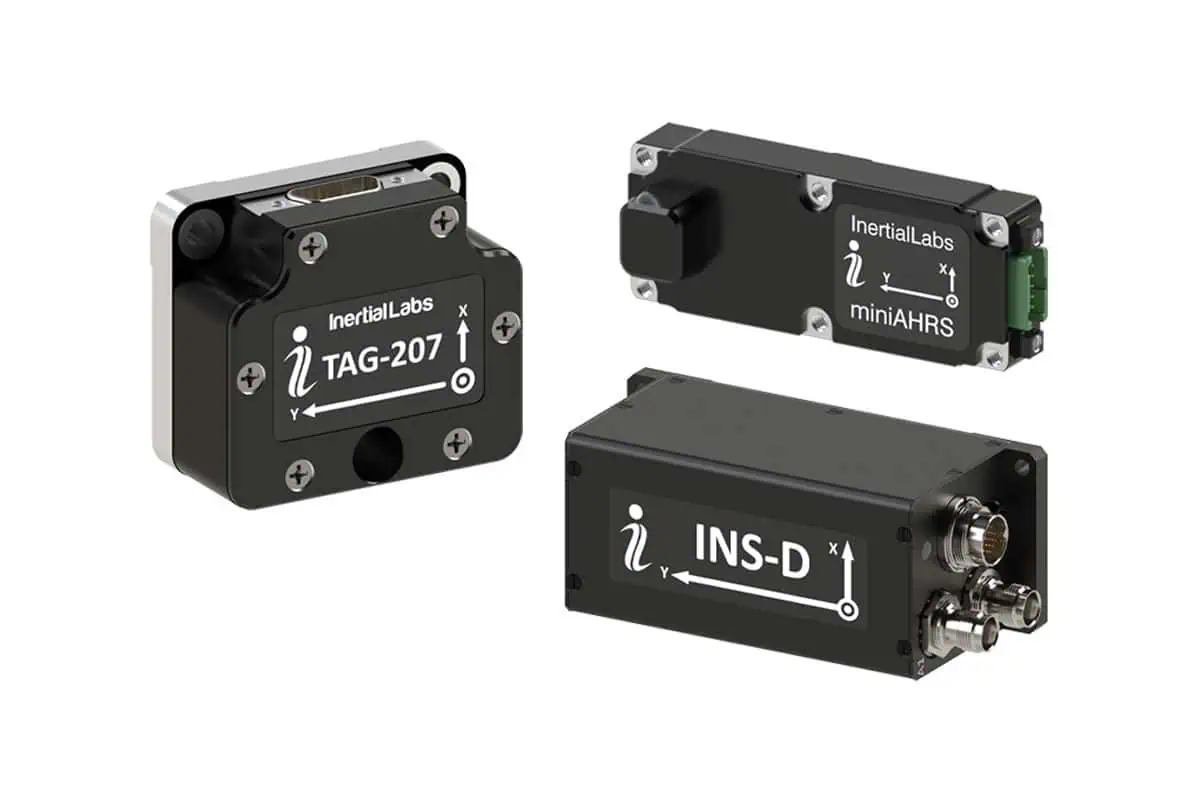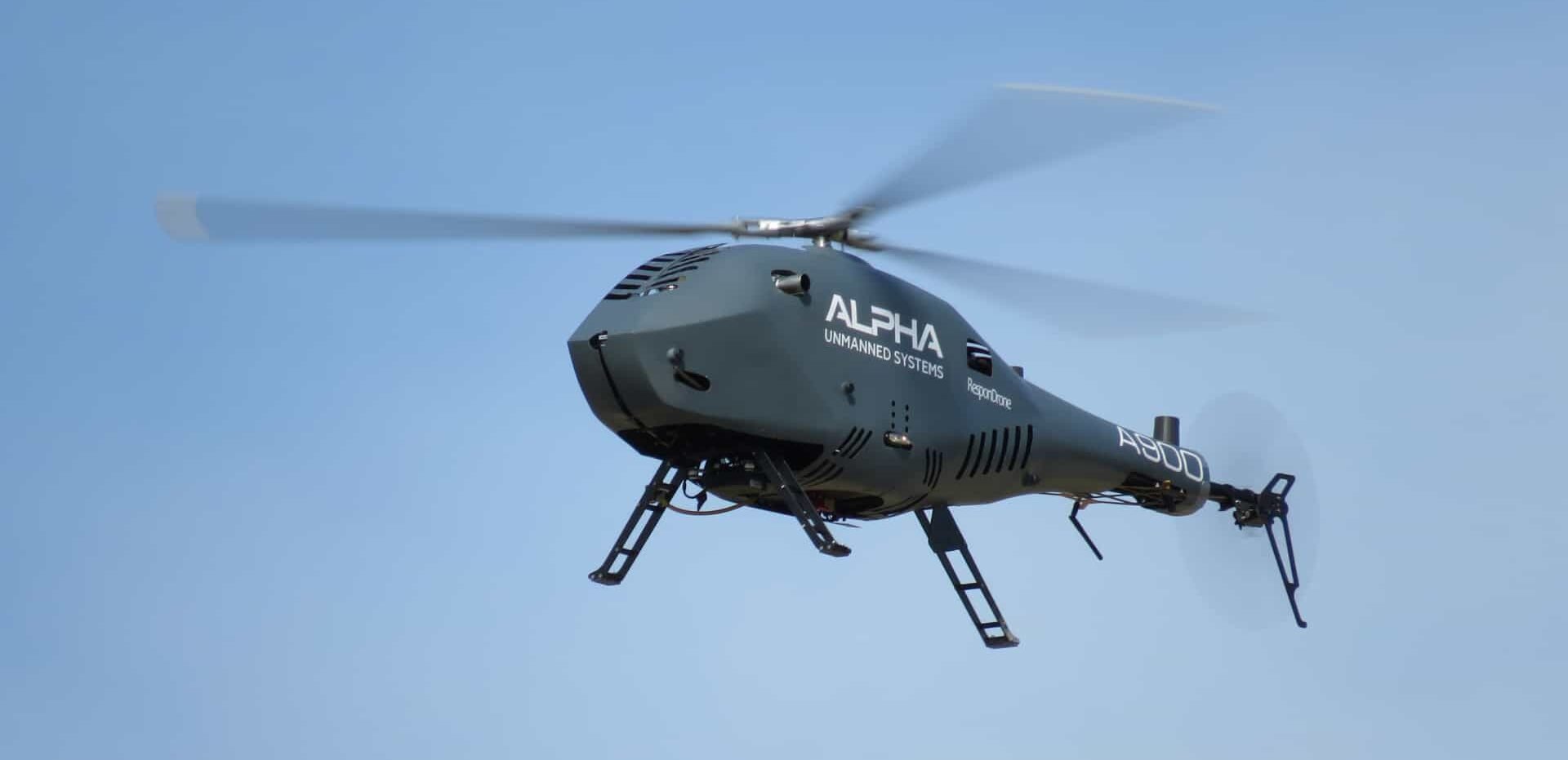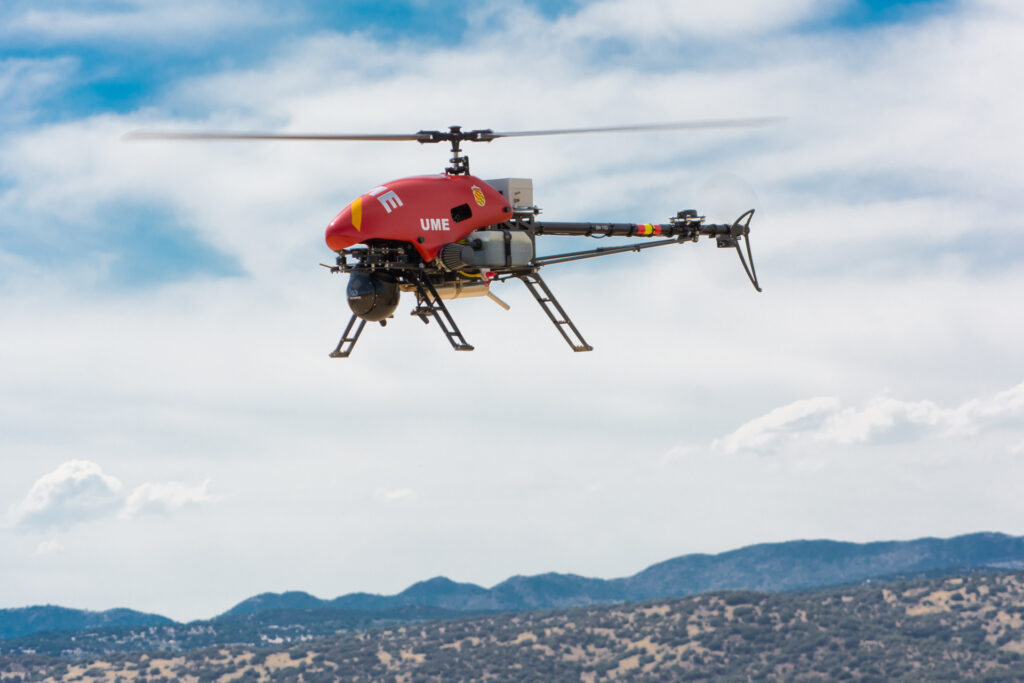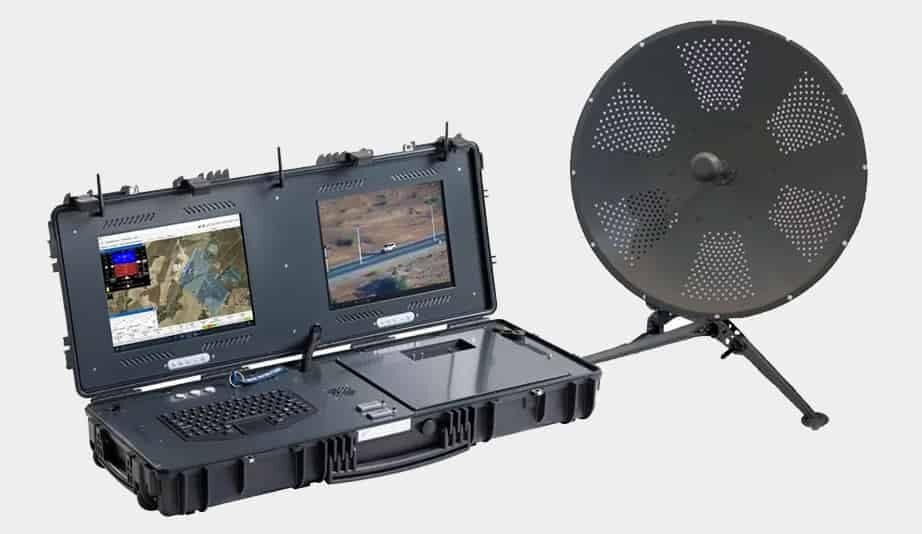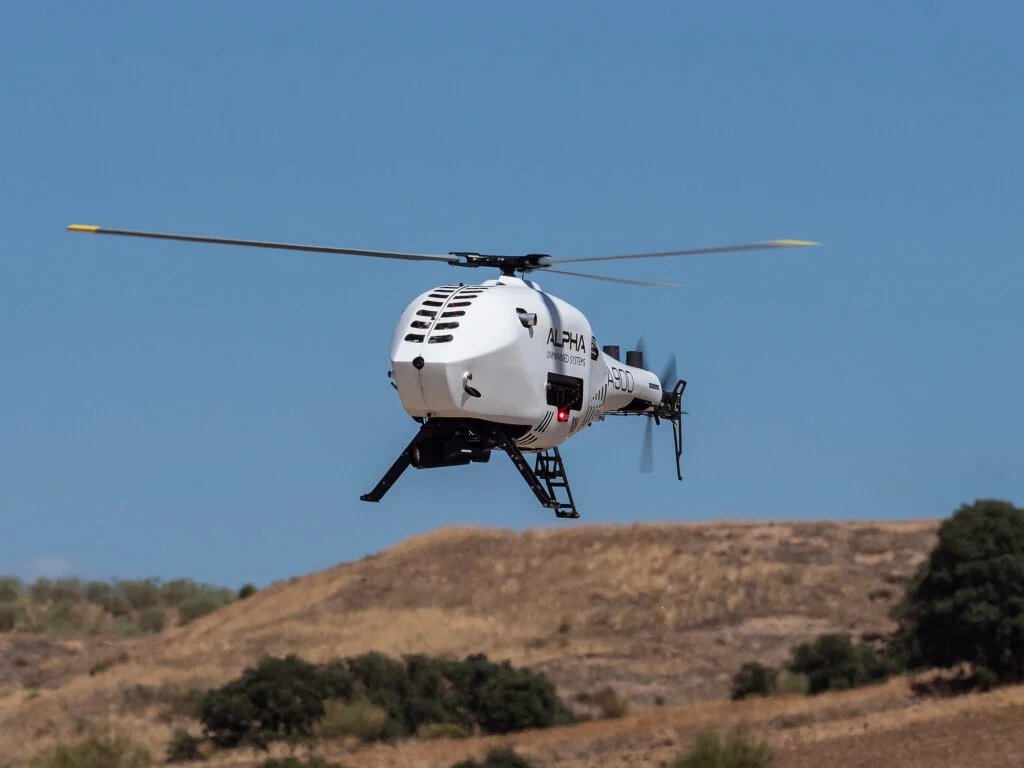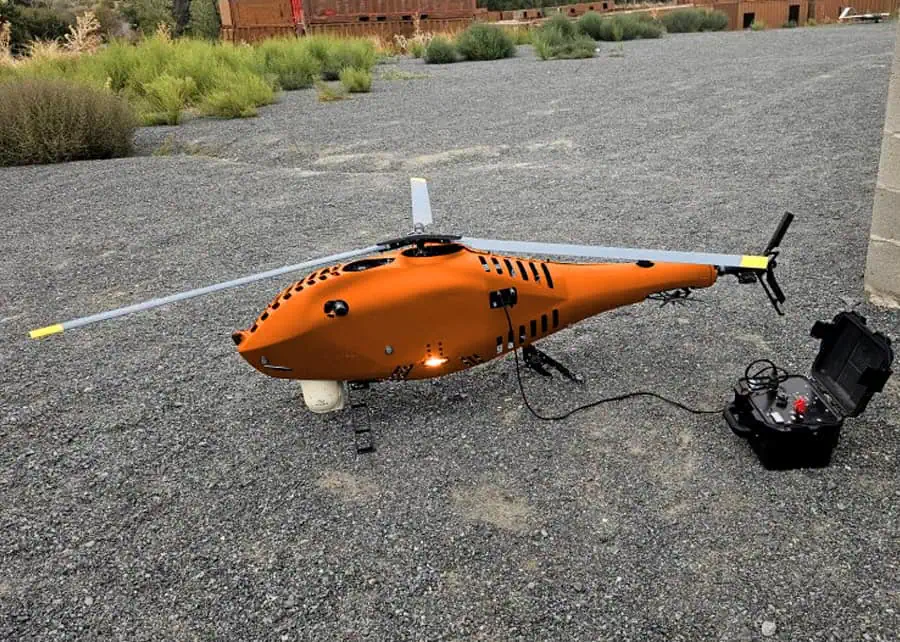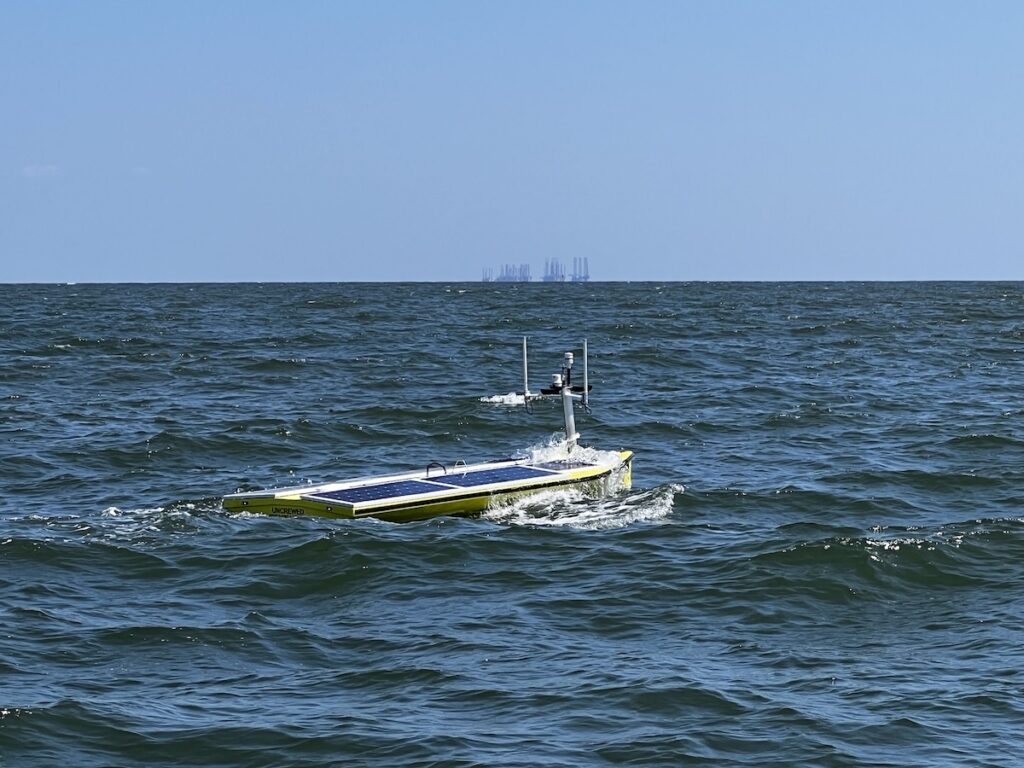
A series of Sonardyne’s Origin 65 Acoustic Doppler Current Profilers (ADCPs) and Current Pressure Inverted Echo Sounders (CPIES) have been deployed on the seabed in the Gulf of Mexico.
These instruments are gathering long-term data on the LCS, a powerful ocean current system that influences marine life, subsea operations, and hurricane intensity. Understanding its dynamics is vital for oceanographers and industries working in the region.
To collect the data, Sonardyne partnered with SeaTrac Systems, utilizing their SP-48 USV equipped with a Sonardyne HPT 7000L transceiver. This allowed the USV to remotely communicate with the ADCPs and CPIES, retrieving data over a 580-nautical-mile journey. The fully remote operation avoided the need for crewed vessels, significantly cutting costs, reducing risks, and minimizing environmental impact.
Sonardyne’s cutting-edge technology plays a crucial role in remotely accessing the deep-sea instruments. The Origin 65 ADCPs provide precise current measurements, while CPIES units capture essential data on pressure, temperature, and acoustic travel times, contributing to a comprehensive understanding of the LCS.
Aidan Thorn, Sonardyne’s Business Development Manager for Marine Robotics, noted, “The use of a fully solar powered USV for a data gathering operation of this scale is a key moment in marine robotics. The Gulf of Mexico presents some of the most challenging ocean currents for any vessel, not-least an uncrewed one. One of the key reasons SeaTrac was chosen to partner with us on this project was their willingness to rise to the challenge and we are delighted with the results.
“USVs are a great platforms for collecting data from our seabed nodes and profilers through the integration of our acoustic communication technologies. We look forward to continued work with SeaTrac on this project and hopefully many others.”
Three further sets of data will be gathered over the next 18 months using the same uncrewed methods before the project is completed.
Hobie Boeschenstein, Director of Operations and Business Development, at SeaTrac said, “We’re delighted to have worked with Sonardyne on this project. Our SP-48 USV provides a complete system for maritime observation, data collection and reconnaissance.
“Powered by the sun with high-reserve batteries, it can operate in both near-shore and offshore environments through varying weather and sea conditions, as this mission has demonstrated. It can undertake missions lasting from several hours to several months and is designed to support a wide range of customer payloads. Sonardyne’s technology and company ethos is a great fit for ours and we look forward to supporting them in many future missions.”

